Xfce is my favorite desktop environment for Linux distributions and I wanted to try out six of the most popular distros that include Xfce or have a dedicated distro release for Xfce. I am going to cover Debian, Fedora, Linux Mint, Manjaro, MX Linux, and Xubuntu.
I ran some basic resource usage tests across the different distros and included screenshots to show how each one looks and performs out of the box. It’s a simple way to compare system load and desktop environments side by side, especially if you’re curious about how they stack up in terms of RAM usage and overall hard drive install footprint.
Comparison
- Installation: Straight forward and similar for all of the distro
- Boot time: Very similar times across all of the distros
- Disk Usage: I was surprised at how large the disk install was for Xubuntu and how small it was for Fedora and Manjaro.
Resource Stats
| Boot time 4 Cores and 16 GB of RAM | Memory Usage after startup | Disk Usage on Fresh install | Process Count after startup | |
| Debian 12.11 | 30 Seconds | 958 MB | 8.91 GB | 168 |
| Debian 13 | 26 Seconds | 722 MB | 3.9 GB | 161 |
| Fedora 42-1.1 | 32 Seconds | 816 MB | 3.4 GB | 208 |
| Linux Mint 22.1 | 34 Seconds | 942 MB | 9.54 GB | 206 |
| Manjaro 25.0.1 | 36 Seconds | 877 MB | 4.5 GB | 222 |
| MX Linux 23.6 | 38 Seconds | 1018 MB | 7.89 GB | 211 |
| Xubuntu 25.04 | 30 Seconds | 1017 MB | 11.12 GB | 208 |
Note: All testing was done using virtual box
Note: I found adding more virtual machine cores didn’t effect the startup time.
Impressions
| Look and feel | Would I use this for a home server? | |
| Debian 12.11 | 3 out of 5 | Yes |
| Fedora 42-1.1 | 3.5 out of 5 | Yes |
| Linux Mint 22.1 | 3.5 out of 5 | No |
| Manjaro 25.0.1 | 5 out of 5 | No |
| MX Linux 23.6 | 4 out of 5 | No |
| Xubuntu 25.04 | 4.5 out of 5 | Yes Note: I would recommend the Long Term Support (LTS) version, which currently is 24.04 |
Debian 13 (Updated)
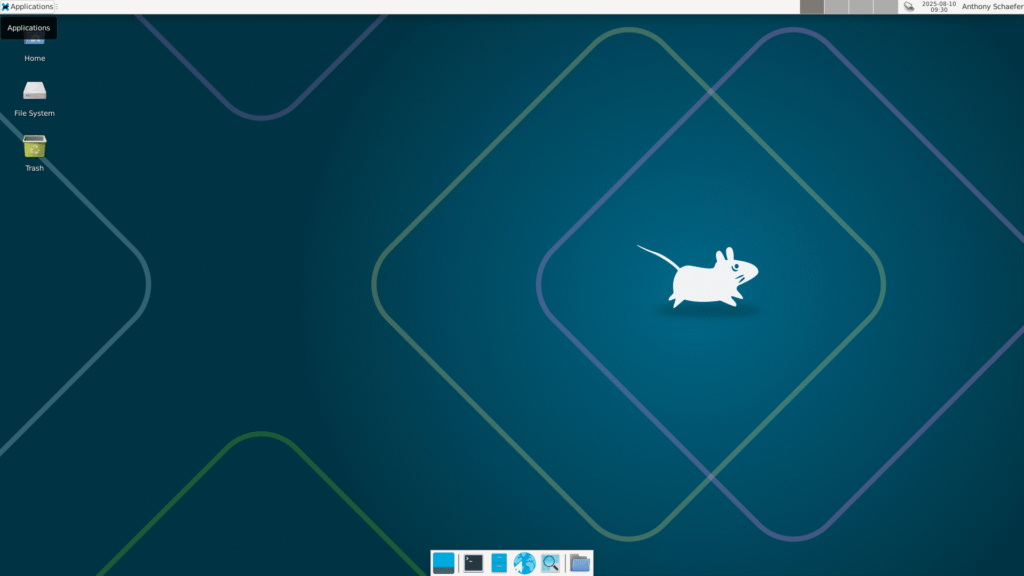
Debian is one of the oldest and most reliable Linux distros out there. Many of the popular distros out there are based on Debian, including Ubuntu (and Xubuntu). Out of the box, it’s simple and reliable however its configurable so you can make it customized for you.
The net-install allows you to select which desktop environment and even a minimum install. I have a 2 core 1.5GB virtual machine setup on unraid running unifis controller software without any issues.
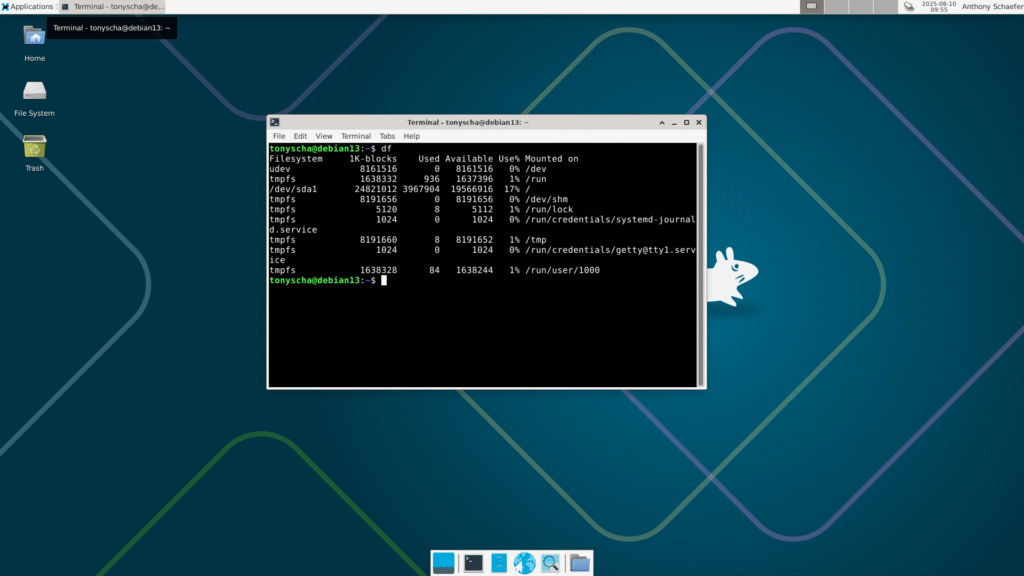


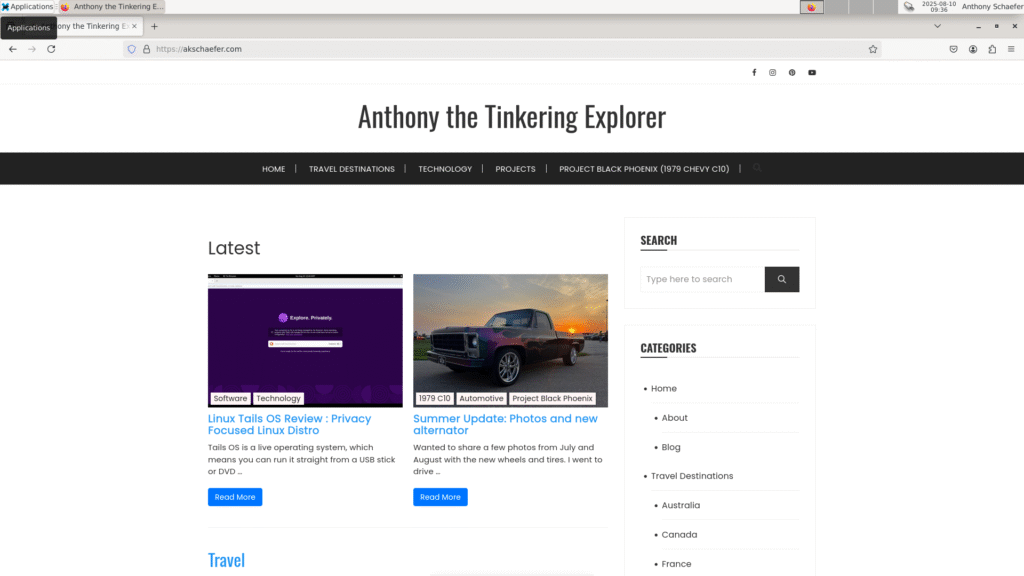
Learn more and download here: https://www.debian.org
Fedora
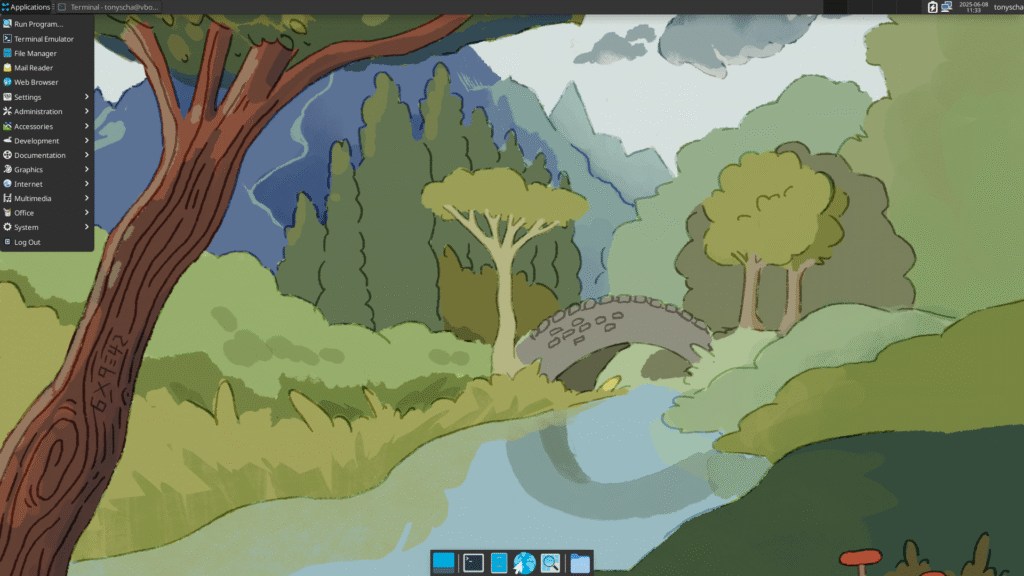
After a comment on social media, I was asked “Why didn’t I use Fedora?” I just haven’t used Fedora since the first releases (e.g. 2004 to 2006). I know Fedora is a solid distro, and being based on Red Hat, you get the latest software along with near enterprise level release stability. Using the Fedora spin Xfce version the desktop looks sharp and it’s fast. If you want solid performance, Fedora might be worth checking out.
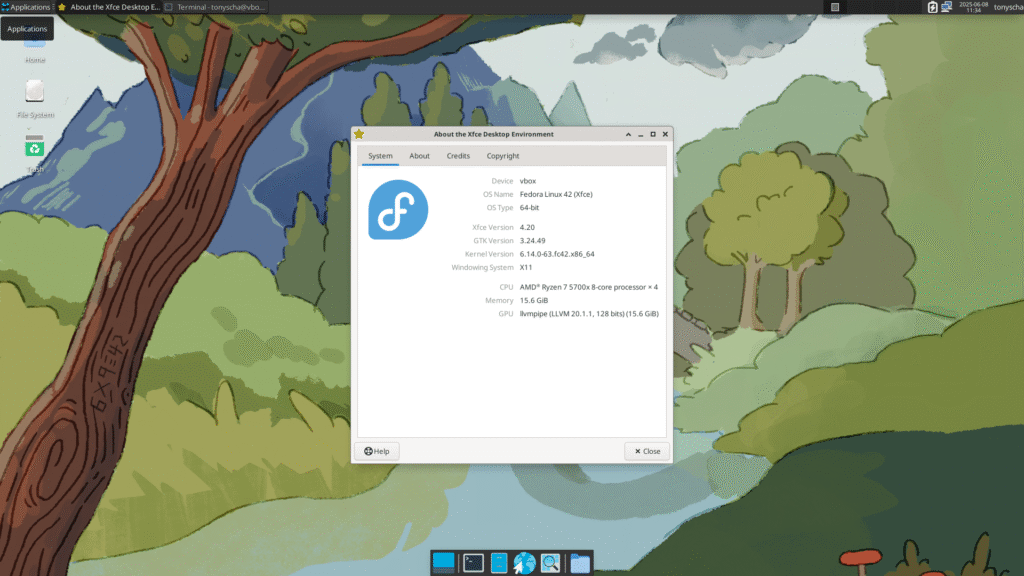
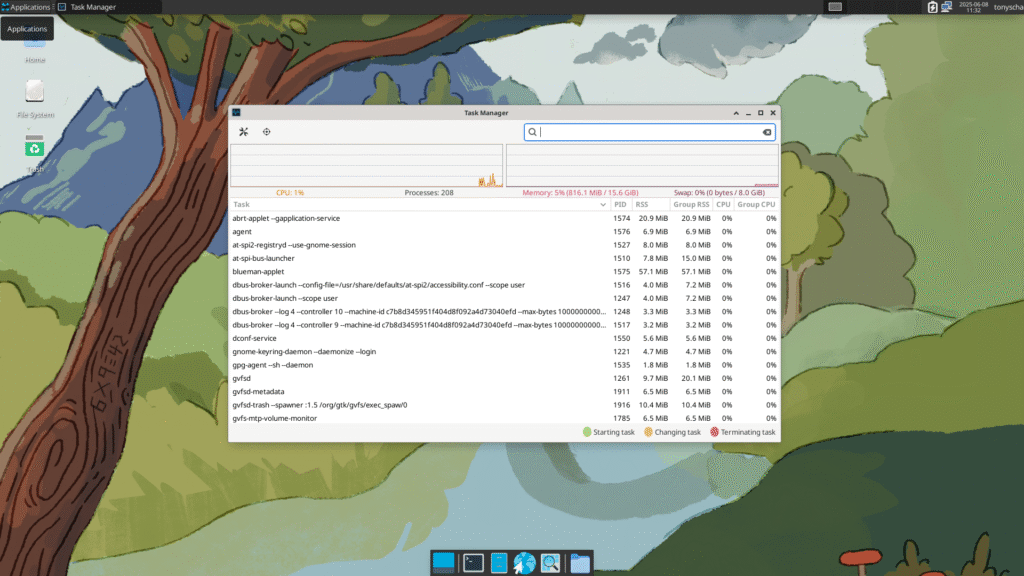
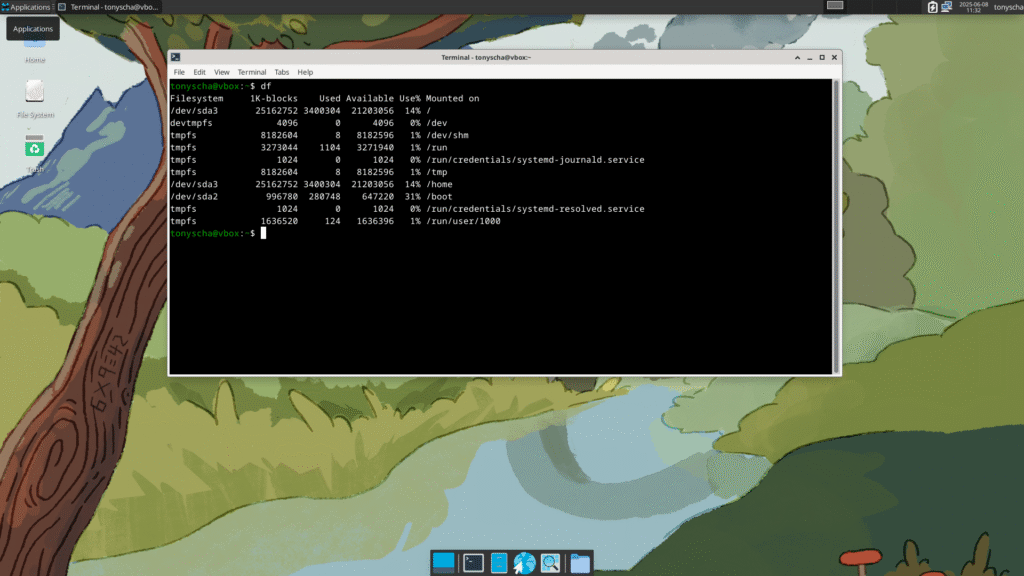
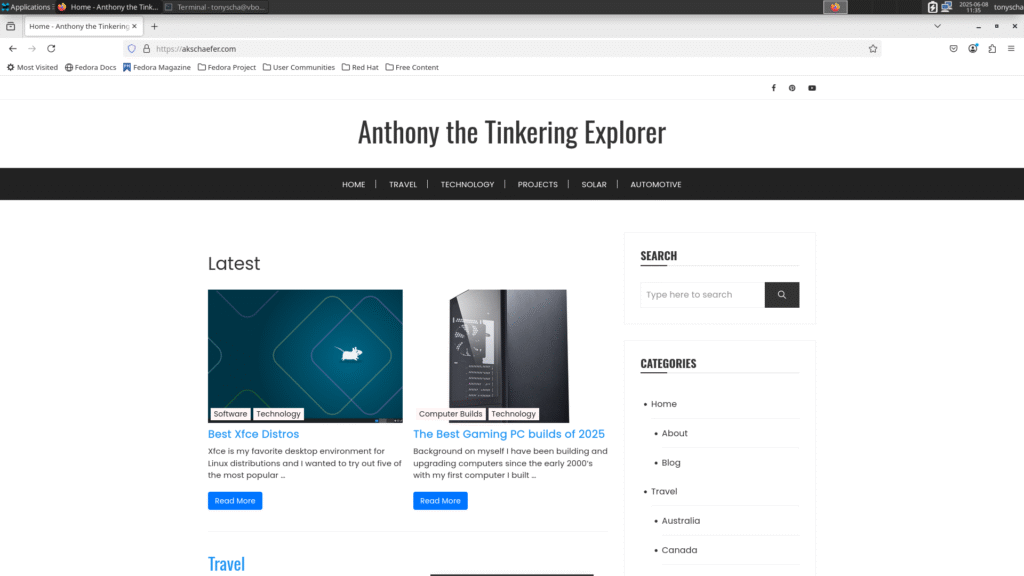
Linux Mint

Linux Mint is a user-friendly, beginner-focused distro that’s built on top of Ubuntu (or Debian, depending on the edition) and designed to feel familiar, especially for people coming from Windows. The most popular desktop environment is Cinnamon desktop, however today we are testing Xfce. It’s known for being stable, lightweight, and efficient, and it handles everyday tasks like web browsing, media playback, and office work with no fuss. Updates are straightforward, the system is easy to maintain, and the Mint community is active and helpful, making it a great option if you want a no-drama Linux experience that just works.
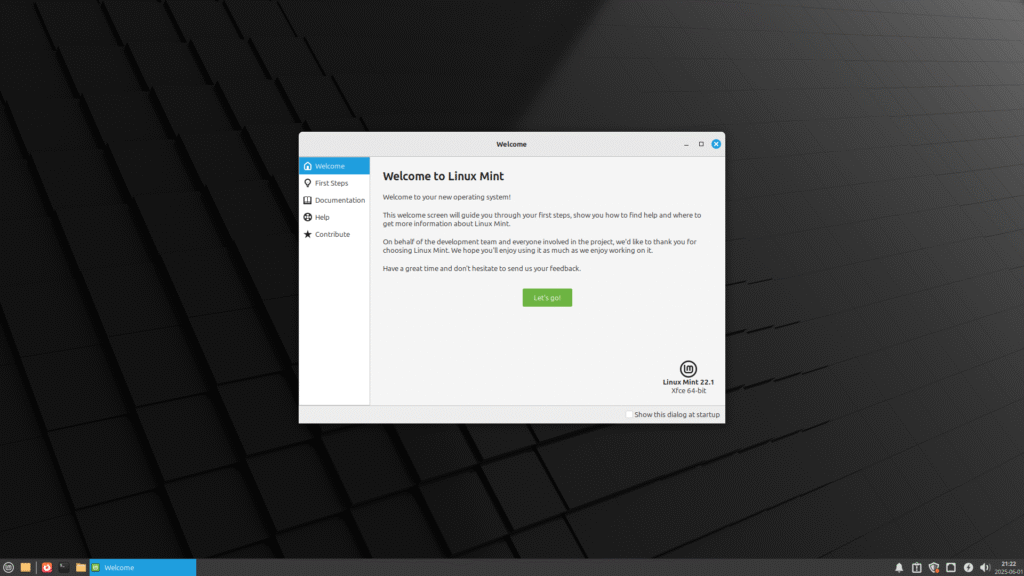



Learn more and download here: https://www.linuxmint.com
Manjaro
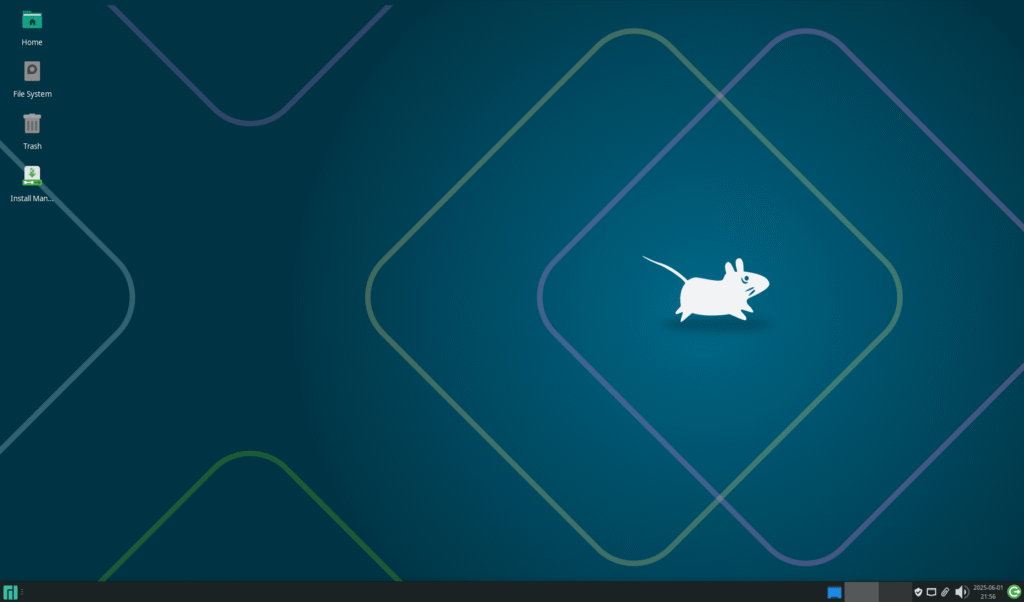
Manjaro Linux Arch-based distro that gives you much of the power and flexibility of Arch, but in a way that is still user-friendly. Being based off Arch, Manjaro is a rolling-release system, which means you get access to the latest software and features without having to do major upgrades. Manjaro strikes a nice balance between power and usability. Almost all of the installs were exactly the same, but Manjaro had one extra step to configure if you wanted to install an Office Suite and had the option of No Office Suite, LibreOffice, or FreeOffice.

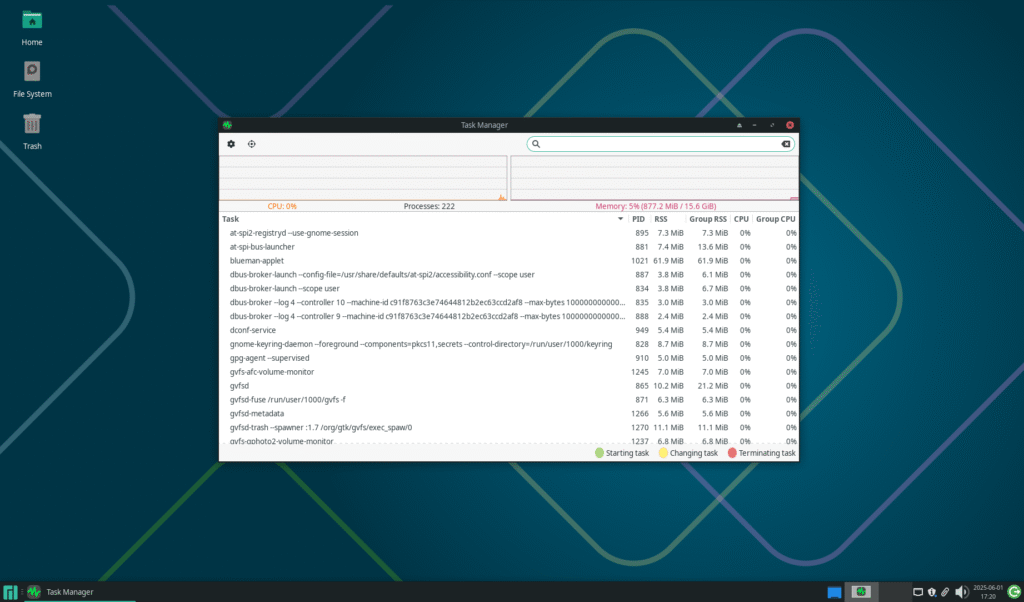
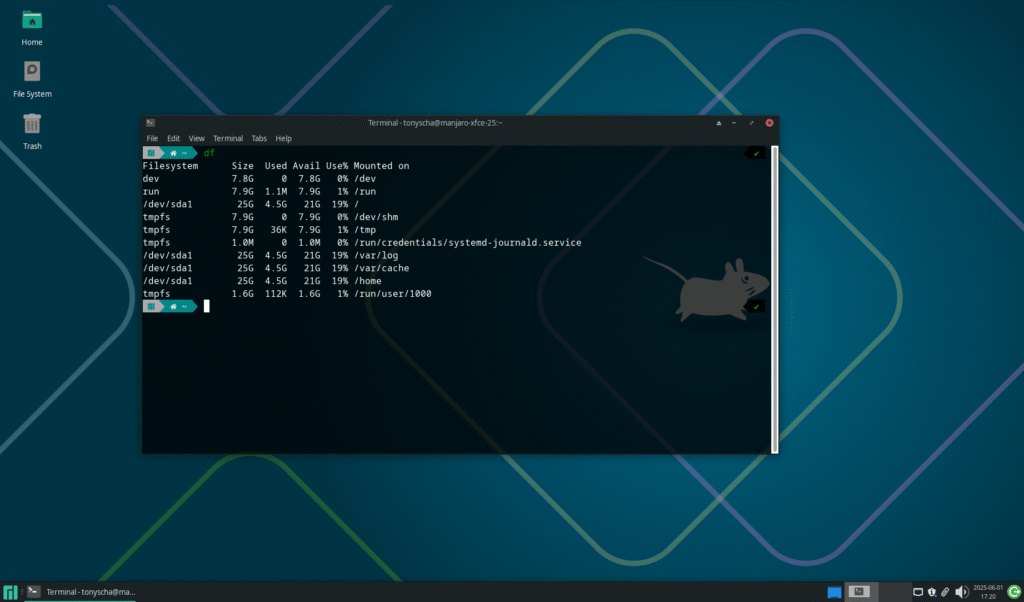

Learn more and download here: https://manjaro.org
MX Linux
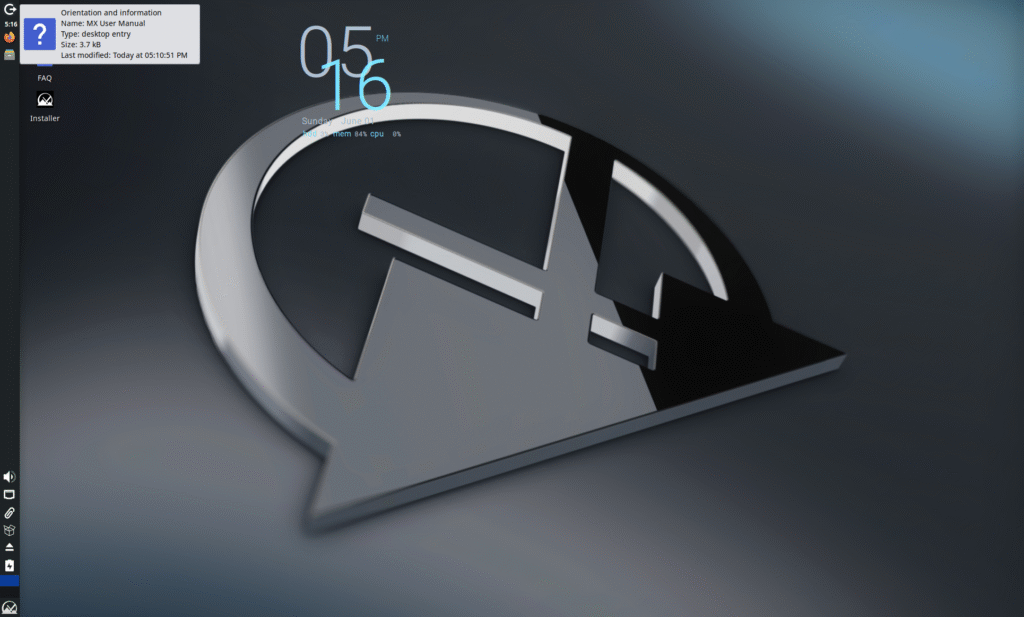
MX Linux is a lightweight, Debian-based distro that focuses on stability, efficiency, and simplicity. Out of the distro’s tested here, MX Linux is the only distro that Xfce is the default/flagship desktop environment. Whether you’re looking for a reliable daily driver or a distro to revive an old laptop, MX Linux delivers a solid, no-nonsense experience right out of the box. I was really excited when MX Linux was released knowing it a collaborative effort with the old MEPIS community which was a distro I use to use in collage.
I did have some small issues when resizing virtual box windows size, it seemed to cause MX Linux to hang for a few seconds, unsure if this is some type of driver issue or something else. If installing on bare metal, this would not be an issue.

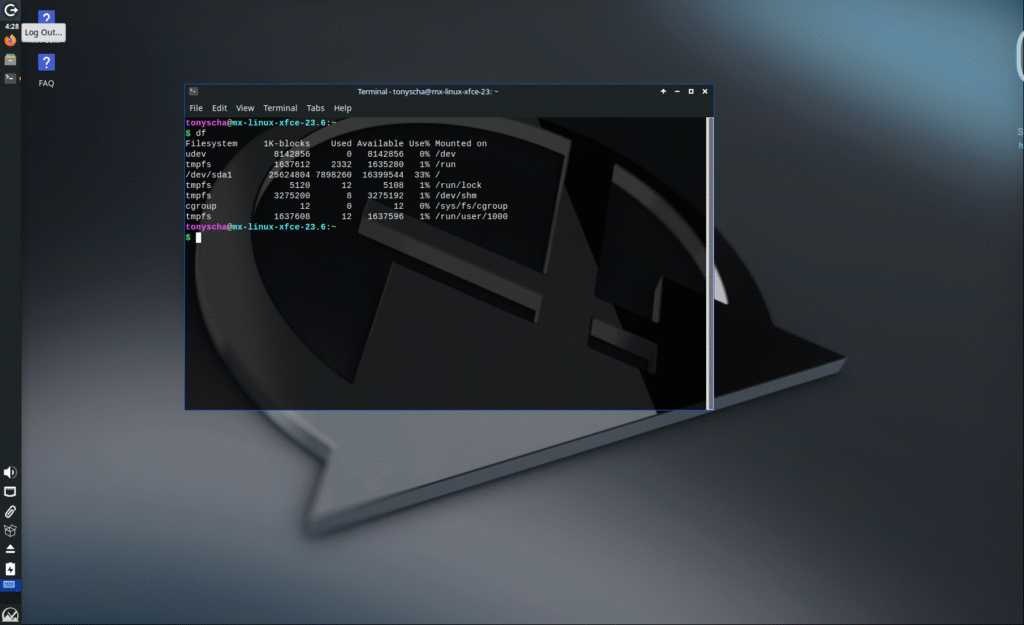
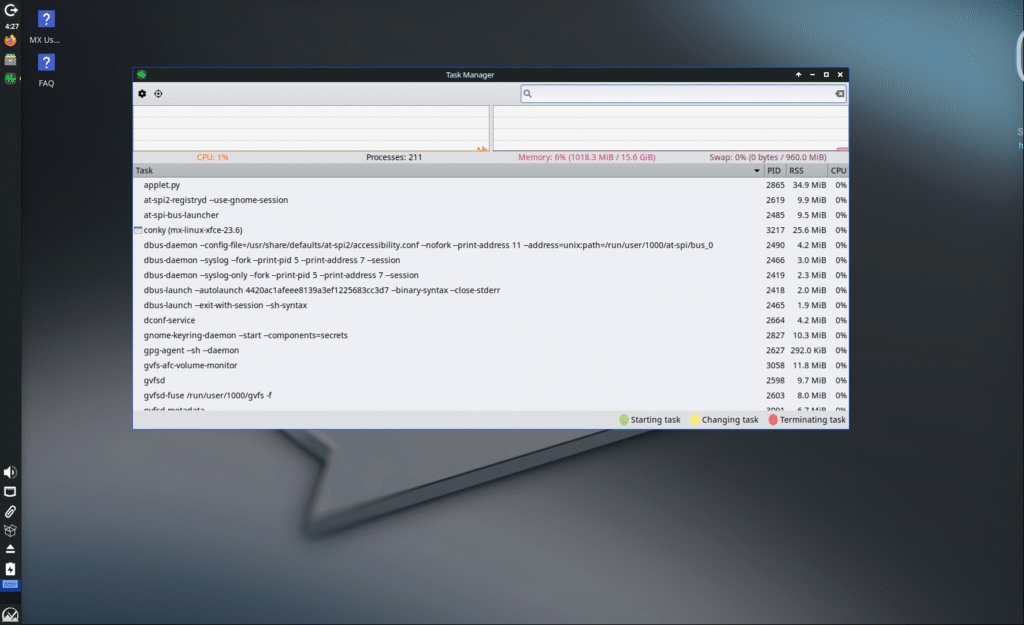
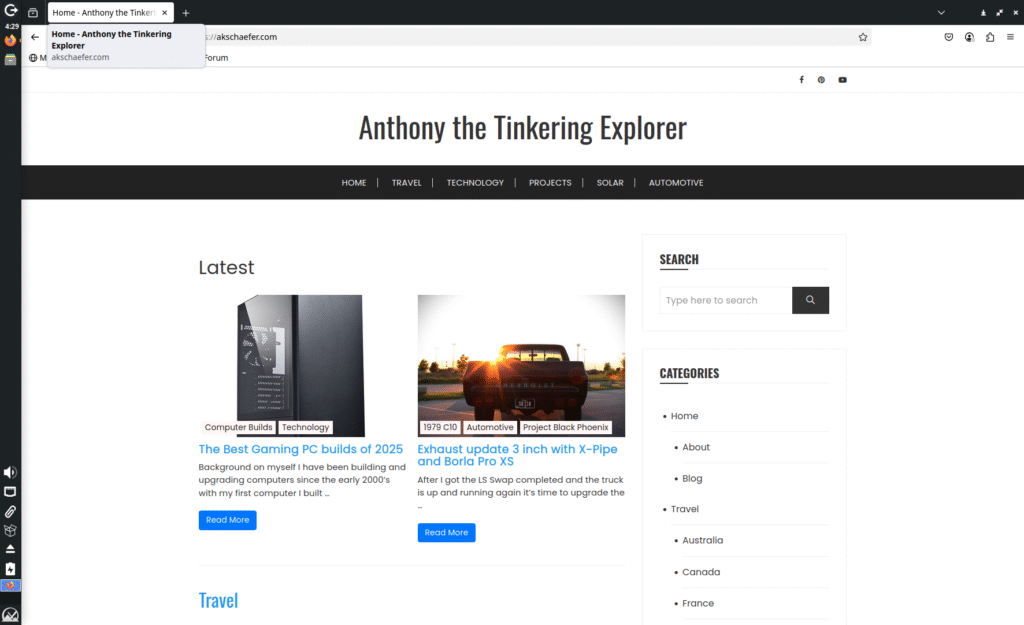
Learn more and download here: https://mxlinux.org
Xubuntu

Xubuntu is a lightweight, Ubuntu-based distro that uses the Xfce desktop environment to keep things fast, simple, and efficient without sacrificing usability. Since it’s built on Ubuntu, you get access to a massive software library, solid hardware compatibility, and regular updates. Xubuntu by default strips away the heavier parts of the full Ubuntu experience and during installation Xubuntu had a minimal install mode as well. For the sake of this test I used the standard desktop install to keep it consistent.
I have used Xubuntu as my operating system on two servers for multiple years now and highly recommend it.

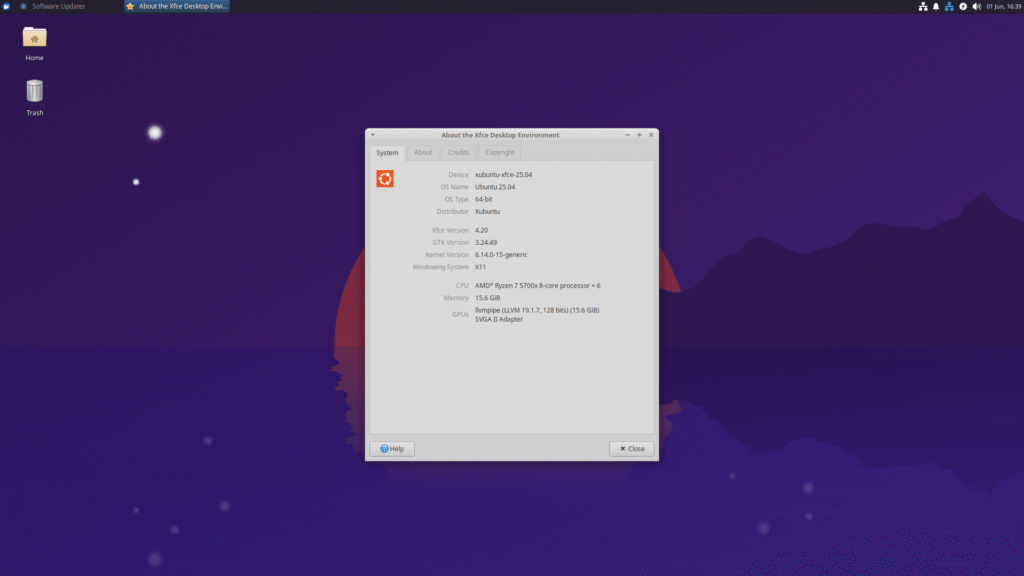
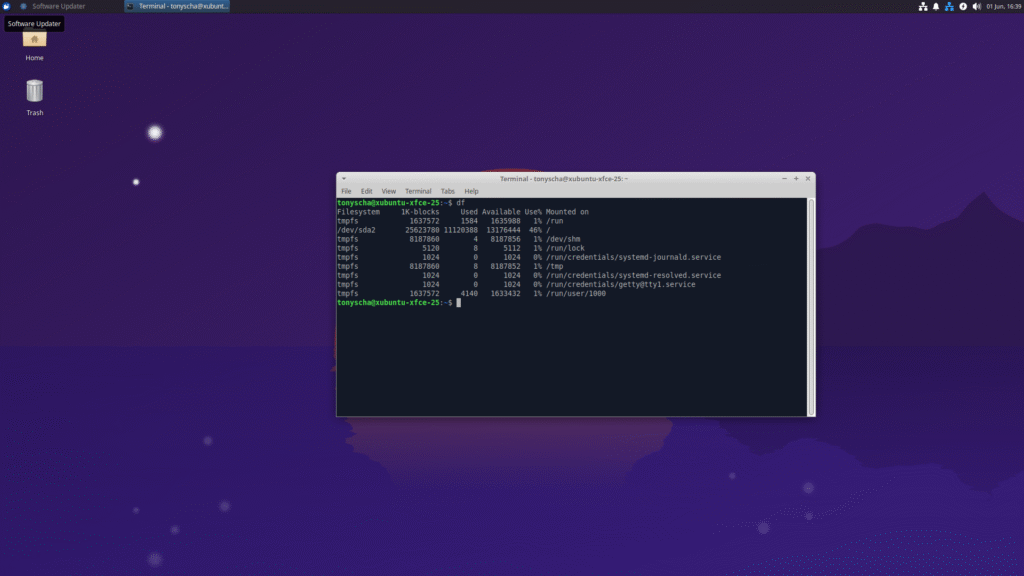
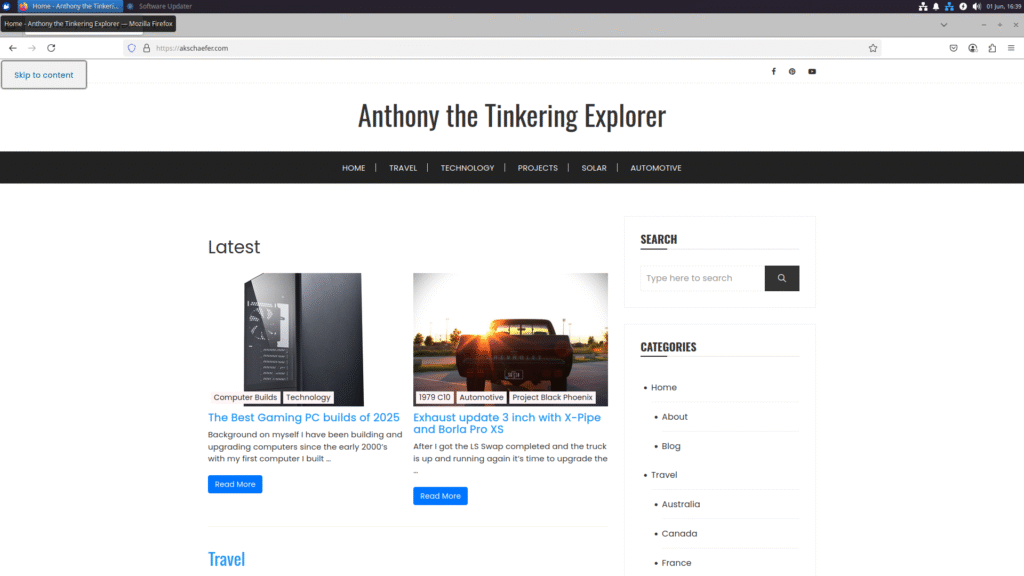
Learn more and download here: https://xubuntu.org/
Additional Xfce Distros on My Radar
I had a few Xfce distros recommended to me that I wanted to mention, even though I haven’t had the time to do a full test run with them yet. They’re still on my radar, and I’m hoping to dig into them in a future round of testing.
Conclusion
Here is my short recommendation list if you are looking for something specific
- Server Operating System: I would recommend Debian or Xubuntu due to their community.
- Visual appeal: I would recommend Manjaro, Xubuntu, or MX Linux
- Simple but robust: Debian
- Resource limited: Debian, Fedora, or Manjaro
At the end of the day all of these Linux distros are solid choices due to an amazing community.
I’m looking into other options for possible future use since the developer of the Tint2 panel has ceased development. I currently use the Openbox window manager and the Tint2 panel to create a desktop-like environment.
I thought XFCE might be an option. However, the one thing I detest about XFCE is that the workspaces in the panel do not show you what is open on them. You have to navigate to a specific workspace to see what’s open under them. That’s one thing I really like about the Tint2 panel. I can see everything that I’ve opened under each workspace at a quick glance.
Do you know of any way to change the look of the workspaces in the XFCE panel?